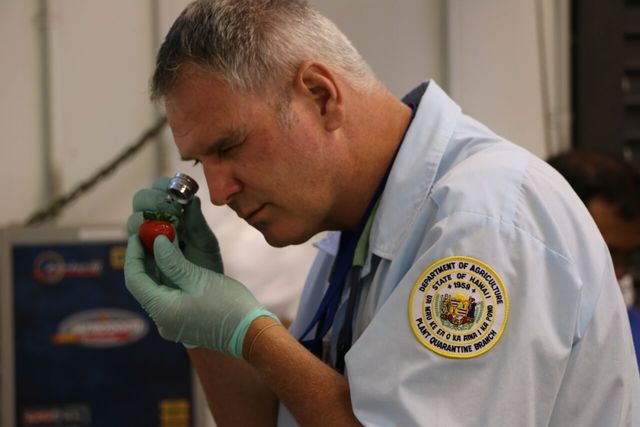The United Arab Emirates' Ministry of Climate Change and Environment (MOCCAE) recently held a workshop titled "Modelling the Spread of Animal and Common Diseases." This initiative underscores the ministry's commitment to strengthening the country's biosecurity system. The workshop, held at MOCCAE headquarters, brought together experts and stakeholders to discuss the latest advancements in disease modeling and its role in safeguarding animal health and public well-being.
Ibrahim Al Dhanhani, a key MOCCAE official, emphasized the importance of equipping personnel with the most up-to-date knowledge and practices. He stated that the workshop is part of a broader strategy to bolster biosecurity across all levels. This focus on biosecurity encompasses protecting livestock from emerging diseases, implementing preventative measures for animal epidemics, and ensuring the health of animals raised for human consumption. Additionally, the workshop aimed to raise awareness about the concept of disease modeling and its potential to enhance preparedness for both anticipated and unforeseen outbreaks, including those with environmental origins.
The concept of disease modeling involves creating computer simulations that can predict the potential spread of an infectious disease. These models incorporate various factors, including the characteristics of the pathogen itself, environmental conditions, and animal or human behavior patterns. By analyzing these simulations, researchers can gain valuable insights into how a disease might evolve and spread within a population. This knowledge is then used to develop targeted interventions and mitigation strategies.
The workshop at MOCCAE likely delved into specific examples of disease modeling applications. For instance, discussions could have explored how models can be used to predict the geographic spread of vector-borne diseases, such as those transmitted by mosquitoes or ticks. Climate change is a significant factor influencing the distribution of these vectors, and disease models can help predict how a changing climate might alter these patterns.
Furthermore, the workshop might have addressed the role of disease modeling in zoonotic diseases, those transmissible between animals and humans. Understanding how such diseases spread within animal populations is crucial for preventing their spillover into human communities. With diseases like Nipah virus and Hendra virus, both carried by fruit bats, early detection and intervention are critical to minimizing public health risks.

